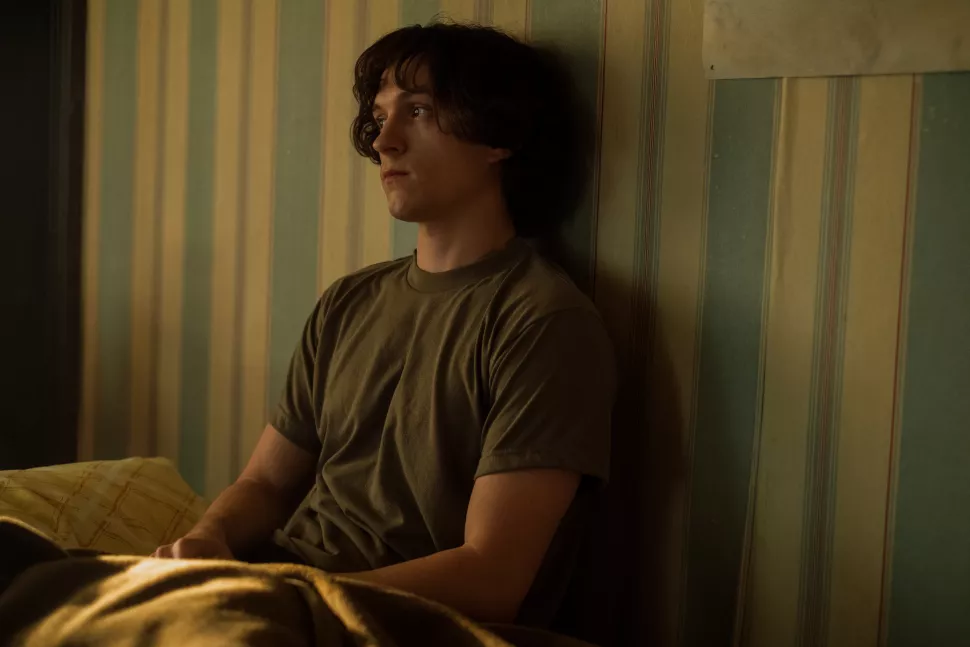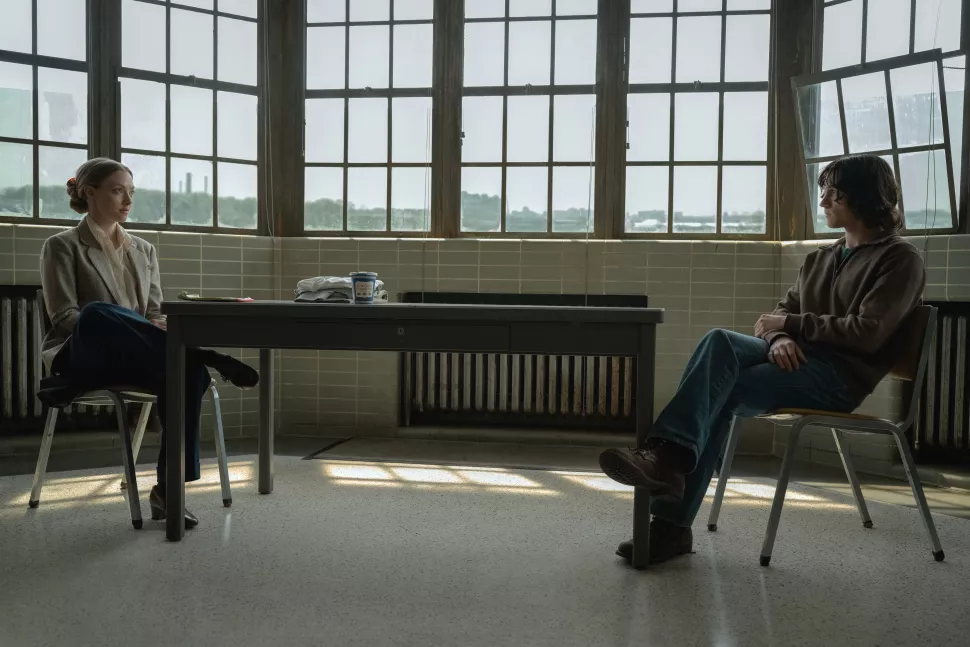Let’s find out The Crowded Room Ending Explained. The psychological thriller mini-series The Crowded Room, produced in the US, is set in the 1970s and will consist of a total of ten episodes.
The Minds Of Billy Milligan, a 1981 nonfiction book by Daniel Keyes, served as the primary basis for the television program, which was created by Akiva Goldsman. Tom Holland, who portrays the arrested Danny Sullivan, is a member of the cast of the program. Billy Milligan, a man with mental health concerns who lives in New York and is accused of several killings, is the subject of the true narrative told in The Crowded Room.
Tom Holland plays the title character in the Apple TV Plus series, whose name has been altered to Danny Sullivan. Touching performances, notably by Holland, complement the gloomy overturn of its central theme.
The emotional roller coaster continues as we see Dennis attempting suicide, the aftermath in the crowded room file judgment. When Ariana cried out from the hold-on, I couldn’t help you feel my heartstrings being pulled, and tension grew as Stan and Ria became even more committed to defending him in the approaching trial.
When Ria’s college Dean asks her to choose between helping Danny and keeping her employment, it is clear that she is completely committed to him. Without a second thought, she decides to support, Danny risking her career for the young guy, she has come to adore.
When they enter the hospital, Jack, one of his other personalities, confronts them and is uncooperative instead of Danny. Danny’s other identities are still imprisoning him inside the vividly imagined pack room of his head, each pushing for dominance.
Also Read: Honk For Jesus Ending Explained: A Commentary On The Two Sides Of Faith
The Crowded Room Ending Explained
This identity conflict adds a new level of intricacy to the next-headed courtroom drama. As Danny approaches the witness stand, Jack assumes the spotlight as the trial progresses. Jack doesn’t acknowledge the sexual abuse he suffered at the hands of his stepfather.
Instead, he concentrates on his desire to shoot him for abusing his mother. Danny’s internal struggle to recover control of his body is expertly intercut between courtroom sequences. When Stan brings up Adam, the twin of Danny, things were likewise mistreated by their stepfather, the tension rises, and the audience is aware that there was only Danny and never Adam.
The walls of Danny’s cramped chamber start to fall, struggles with this realization, and his other identities start to flee. Danny comes to a profound self-discovery that embraces the harsh reality.
He regains control of his body, sending a strong message that resonates not only with the jury but also with his mind. Is the mission a cathartic victory and his recovery process because it is made to himself as well as the judge and jury? After the jury has decided the result is announced, Dennisis found not guilty.
Everyone in attendance is aware of the gravity of this ruling, and as the trial concludes, feelings are wrong. A break of Danny’s life after the trial is provided in the epilogue, which depicts him and his treatment, making tremendous improvements and finding comfort in his personal art collection.
The presence of Danny’s mother, Candy, is another sad moment in the epilogue. And when she apologizes for her previous behavior, it’s difficult to overlook the unresolved disappointment, and her failure to defend Danny during the trial serves as a powerful reminder of the nuanced nature of family relationships and the lasting effects of unresolved trauma.
In the end, the Crowded Rooms climax provided a profoundly moving and emotionally charged finish to this captivating series. From the painstakingly created sound design to the Eerie sites and Tom Holland’s superb performance, the complex sequence of Danny’s mental struggle was nothing short of magnificent.

A minor plot line was introduced in this episode through a little out of place in the series finale, but it didn’t overpower the overall effect of the show. The Crowded Room sensitively and authentically addressed mental health issues are providing a rear peek into the nuances of dissociative identity disorder.
Also Read: Talk To Me Ending Explained: What Happens To Mia?




